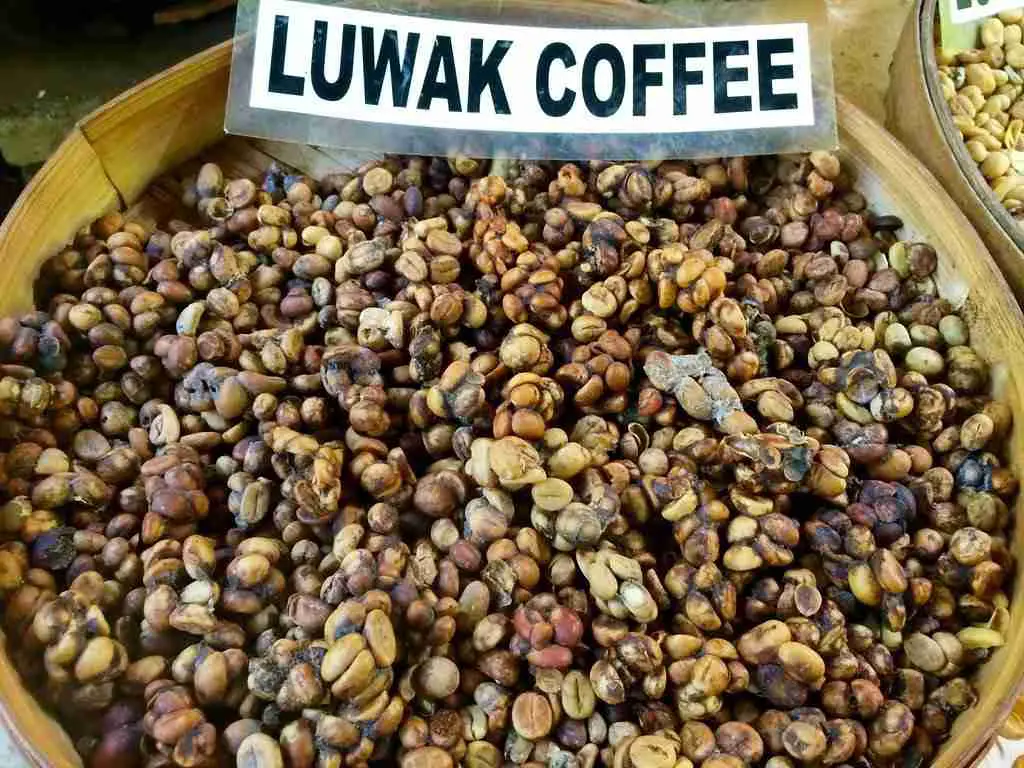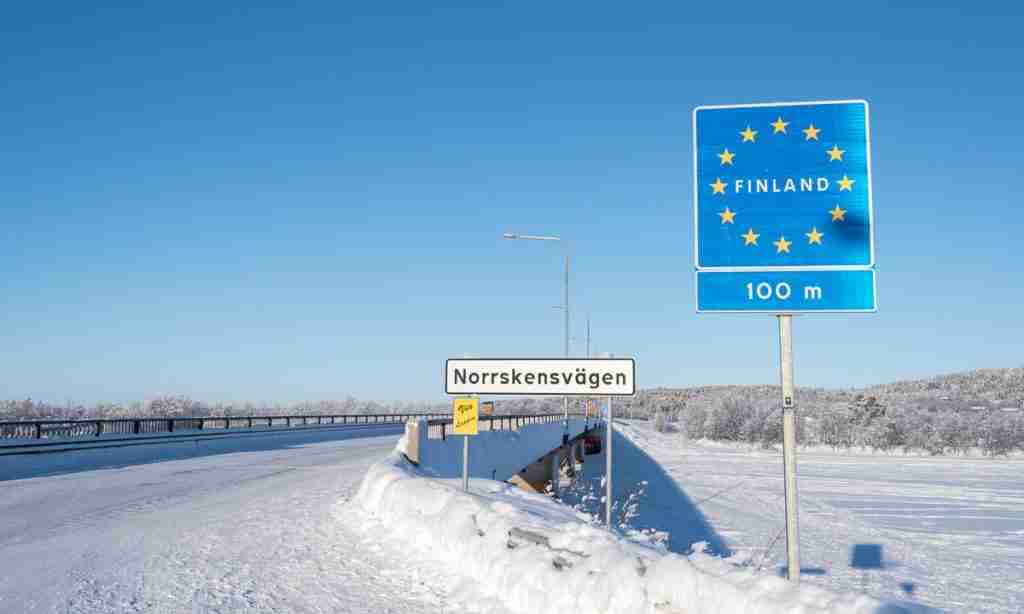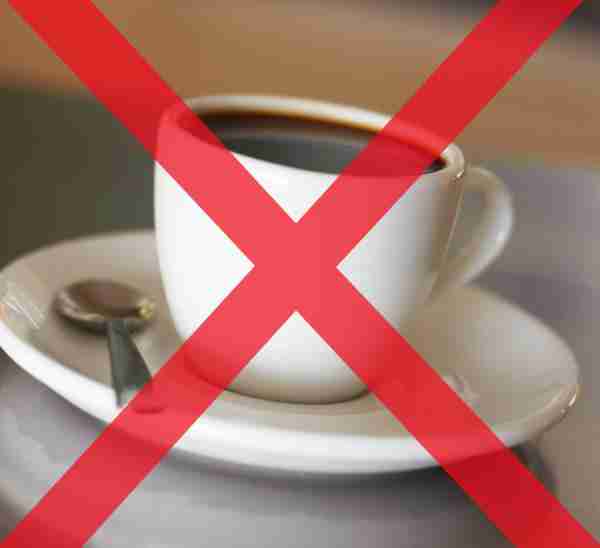
Coffee is one of the most popular drinks on the planet, and it is enjoyed daily by millions of people. If you’re reading this post, the chances are good that you are a coffee lover, but how much do you know about this drink?
Here is a list of the top 20 fun facts every true coffee enthusiast should know.
It wasn’t always called coffee
When coffee was first discovered, it wasn’t called coffee but ‘Qahhwat al-bun,’ which, when translated from Arabic, means ‘the wine of the bean.’
Over time, it was shortened to ‘Qhawa,’ and then the Turks later changed to ‘Kahve.’
It didn’t stop there as it became popular in the Dutch language as “koffie,” which is where its English equivalent was borrowed.
Coffee found its way into the English dictionary sometime in the 16th century.
Coffee beans come from a fruit

Although they’ve always been called beans, they are seeds that come from a cherry-like berry that grows on a bush. At the center of the fruit is the pit, which is what we roast to make coffee. T
hey are called seeds because of their striking resemblance with legumes. So the next time someone tells you to eat fruits, tell them that you’ve just had one.
Coffee was originally chewed
While most of us are used to sipping it, coffee was originally eaten by African tribes centuries ago. According to historians, coffee berries were ground and then mixed with animal fat to create energy-rich snack balls.
It was discovered in a humorous way
Legend has it that a goat herder discovered the coffee plant in the 9th century. Here’s how it happened:
The Ethiopian herdsman noticed strange effects in his goats after they ate their meals. Each time his herd nibbled on a small, red fruit of a bush, they appeared to dance energetically.
Led by his curiosity, the herder tried them out and was intrigued by the effects, so he presented it to a local monk who made a drink with the berries.
After drinking the coffee, the monk was able to stay up all night, and that was how the first cup of coffee was born. While there are other versions of the history of coffee, a good number of historians believe these origins were all made up.
There are two main types of coffee
There are two main types of coffee grown in the commercial market: Arabica and Robusta. Most growers plant Arabica, which varies in taste characteristics and yields more nuanced flavors. In contrast, Robusta is less popular due to its acidic taste and high levels of caffeine.
Brazil is the largest producer of coffee in the world
Brazil produces the most coffee in the world, and they’ve held this title for more than 150 years. Data shows that around 40 percent of the coffee consumed worldwide comes from Brazil, which is twice as much as the second place holder, Vietnam. Arabica is the majority of the coffee exported from Brazil.
Coffee sent Brazil’s team to the Olympics
In 1932, Brazil was experiencing a shortage of funds so much so that it was unable to send its athletes to the Summer Olympics in Los Angeles. So they put their athletes on a ship and loaded them with 50,000 stacks of coffee so they could sell on the way to finance their trip.
The world’s most expensive coffee comes from cat poop and costs up to $100 per cup

Kopi Luwak is one of the most coveted varieties of coffee, and it comes from the droppings of an Asian palm civet. How’s the coffee made?
The cat-like creature consumes the bright red coffee cherries, but its body is unable to digest the coffee beans. So the beans undergo a unique fermentation process during digestion, after which it egests the beans. The coffee farmer then collects the feces, washes them, and sells them.
Only two states in the U.S. produce coffee
Coffee trees require specific conditions to grow well, and they include high altitudes, tropical climates, and rich soil—only two U.S. states that can grow coffee: Hawaii and California.
Hawaii is well recognized because of Kona coffee, which is one of the best in the world, while California is the new entrant into the game, with its farms producing pricey premium bags.
Coffee is the world’s most traded commodity next to petroleum
Everyone knows that crude oil is the most valuable commodity in the world, but only a few people know that coffee is the second most traded commodity in terms of dollars traded worldwide.
According to statistics, people consume roughly at least 400 billion cups of coffee annually, making it the world’s favorite beverage. It is valued at over $100 billion worldwide.
Decaf doesn’t mean caffeine-free
Contrary to widespread notions, the decaffeination process doesn’t remove all the caffeine from your drink, just around 94-98 percent.
So if a regular cup of coffee contains 95 milligrams of coffee, a decaf cup of coffee will likely contain about 3 milligrams of coffee. While the amount of caffeine is very low, it is nonetheless present.
You can overdose on coffee
Drinking more than one cup of coffee might do you some good, but consuming too much of it isn’t a great idea. Mild symptoms include nausea and muscles that continually tense and relax while serious symptoms include seizures, rapid breathing, and shock.
However, that shouldn’t stop you from your favorite morning ritual as you need to drink over 70 cups in 24 hours to overdose on it.
Coffee drinkers live longer
Research has shown that coffee lovers are less likely to develop a wide range of diseases, including diabetes, cancer, gout, kidney stones, cardiovascular disease, Parkinson’s, and more.
It has also proven to help combat depression, which translates to a lower risk of suicide. By decreasing your risk of contracting deadly diseases, coffee can significantly increase your life expectancy.
Coffee doesn’t really cause dehydration
Coffee has always been said to cause dehydration because it is a diuretic, but that’s not the case. Various studies have shown that there is no significant change in urine output when they consume 500 to 600mg a day.
You only get dehydrated when you consume too much caffeine, so there’s no reason to worry if you drink coffee in moderation.
The cream can keep your coffee warm
If you’re not a fan of reheating, but you prefer to keep your cup of coffee as hot as possible, just add cream to your drink, and it will stay warm 20 percent longer than drinking it black.
It inspired the invention of the webcam
Ever wondered what led to the development of the first webcam? The story dates back to 1991 when researchers at Cambridge University got sick of having to leave their desks to get a cup of coffee.
They knew the feeling of finding an empty coffee pot and so invented the webcam, so they could see the status of the pot without walking to the kitchen. Necessity is truly the mother of invention!
Beethoven and President Theodore Roosevelt loved coffee
Many high-profile people are ardent coffee lovers, and history is filled with many of them. One of them was Beethoven, who made sure that each cup was made exactly with 60 beans, although we have no idea the number of cups he drank per day.
However, we do know that former U.S. president Theodore Roosevelt drank a gallon of coffee each day. Don’t ever attempt to do the same!
Finland is the world’s top coffee-consuming country

Although Finland isn’t a coffee-producing nation, it is the home to the world’s largest coffee lovers. According to the International Coffee Organization, the average Finnish adult consumes about 27.5 pounds of coffee annually.
It comes as no surprise since it is pretty cold over there, and they need to stay warm. Norway and Iceland are ranked second and third on the list, with the U.S. occupying a distant 26th spot.
Coffee was once a basis for divorce
Around the 15th century, a law was created in Turkey that empowered a woman to divorce her husband if he failed to provide her with an adequate amount of coffee.
While historians debate the veracity of that Turkish culture, there’s another version of that law. An ancient Arab culture reportedly gave women the right to divorce their husbands only if they didn’t like their coffee.
Many attempts have been made to ban it

You might think coffee is a great beverage, but many people didn’t always see it that way. For instance, leaders in Mecca banned coffee in 1511 because they believed it caused radical thinking and stimulation.
In the 16th century, the pope was pressured to ban coffee, but he would have none of it till he had tasted it. After a few sips, Pope Clement VII declared it to be a delicious drink and didn’t grant the request. Also, coffee was banned several times in Sweden and was almost banned once in Prussia because the King wanted people to drink more beer.
Final thoughts
Now that you’ve read this far, you probably know a lot about your favorite drink, so why not regale your barista with any of these fascinating facts? You could even share this post with fellow coffee aficionados you know so they can brush up on their knowledge.

